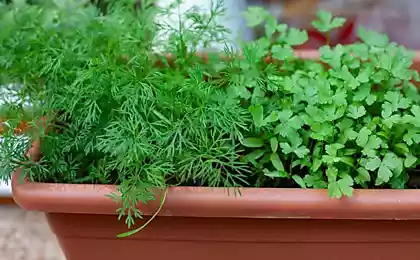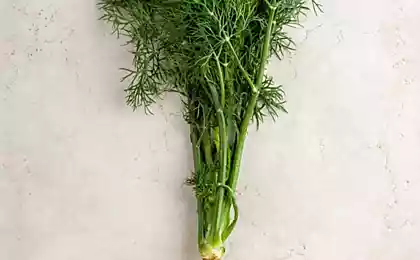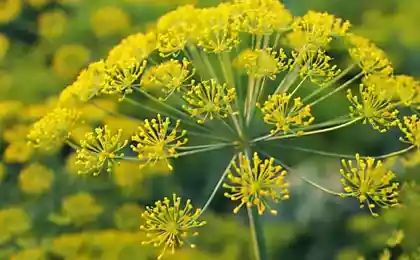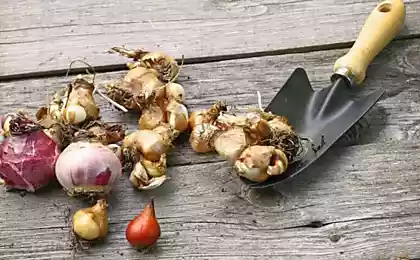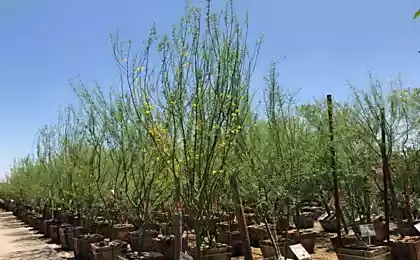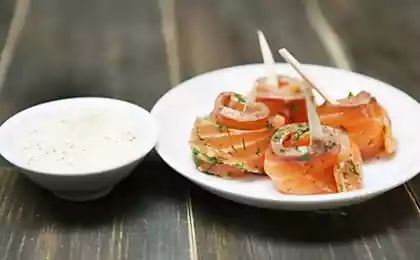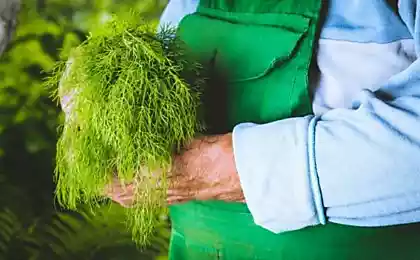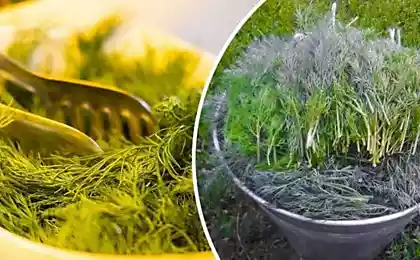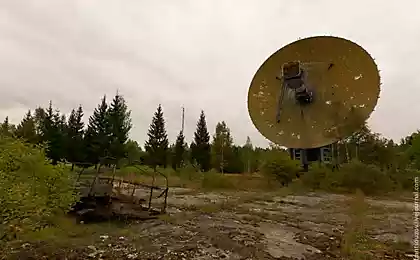193
Next to the apple tree, sow dill

It has long been observed that some plants affect others in a certain way. For example, cabbage planted as a seal on cucumber crops is not affected by pests until harvesting, whereas there are many of them on a pure cabbage field, especially aphids.
By the way, a good tool for controlling aphids and some other pests is quickly crushed in a meat grinder and immediately used roots of horse sorrel, chicory (200 g per 10 liters of water), or their aboveground parts (400 g).
Widely known folk way of growing onions mixed with carrots. The last third of the plot is sown only with carrots. With the middle third in autumn, you will harvest a fine harvest of both crops, and there will be a mass of wormy carrots and wormy onions around the edges. In many areas practiced sowing hemp and dill scattered in the garden. At one time, this technique was called ignorance. But now, pests do not live in such ignorance.
Amateur gardeners practice sowing onions in rows and in rows of strawberries. The leaves of these cultures must be in contact, and tearing the feathers of onions on greens increases the strength of phytoncidal secretions. These two cultures are very good at disinfecting each other. There must be a lot of onions so that the greens of both cultures are equal.
What happens in this neighborhood? In the process of evolution, the onion fly has become accustomed to the phytoncides of the onion, although its secretions are deadly to all other flies. Conversely, the strawberry mite or weevil has adapted to the strawberry phytoncides. But just as the onion fly cannot tolerate strawberry phytoncides, strawberry pests do not tolerate phytoncidal onions. Moreover, on such plantations there is no gray rot even in the damp summer.
Many plants are able to protect each other. It is known, for example, that on the lower branches of apple trees there are no pests if dill, tomato and other phytoncidoses grow nearby. It was also noticed that in the garden, where corn is planted in the rows, there are fewer pests on both cultures. This phenomenon will be even more pronounced when sowing between rows of wild cannabis - a highly phytoncidal plant of colossal possibilities (not to be confused with Indian hemp, which is a raw material for the manufacture of drugs). Our wild hemp does not have such qualities.
To prepare a spraying agent, it is enough to grind the leaves or roots in a juicer or turn through a meat grinder, quickly rinse with cold water, strain and pour the solution into a sealed sprayer. These sprayings, despite being deadly to harmful organisms, have nothing to do with poisons.
When using underground parts of plants, the highest effect is obtained from the roots of horseradish, garlic and onions. The roots of dandelion, horse sorrel and burdock (200-300 g of crushed roots on a bucket of water) were also tested. From the above-ground parts of the plants were tested: the feather of onions and garlic; elderberry leaves, hemp, sea buckthorn, poplar, alder; needles; all nightshade (tomato, potato, tobacco). The above-ground part of the plants was taken up to 400 g per bucket of cold water. It has long been known a method of spraying (broom) currant bushes with infusions and decoctions of onion husks to combat the kidney mite. These are other, more persistent fractions of phytoncides. These include infusions from dry plants. If you start spraying with an infusion of onion husks from the beginning of the extension of the flower brush and until the formation of the first berries every five to seven days, then not only mites, but also no other pests on the bushes will not appear.
The results are similar when spraying currant and gooseberry bushes with preparations from horseradish, elderberry, poplar. Plants were clean from fires, sawers, gallits, glass. There is no harm to beneficial insects. Hunting for pests on different plants, they become immune to their phytoncidal secretions.
During flowering in the bushes of gooseberry and currants stick elderberry branches. It protects against fire. For the same purpose, the bushes are poured with mullet solution.
Our grandfathers defended themselves from fruit grinders as follows: paklyu, soaked in tar, hung apple trees on the boughs after flowering. The best results are given by alternating spraying with an elderberry leaf juice solution with treatment with other phytoncides (infusion of onion husks, horseradish, garlic squeezes, etc.). Repel flying pests growing near the bushes of lupins and tomatoes. The effect increases if the leaves of the phytoncidoses and the protected bushes come into contact.
Very great prospects open provocative method of protecting plants from pests. If you spray cabbage with squeezes from potato tops, then all cabbage pests cease to “recognize” it and immediately fly away, and crawling pests with potato phytoncides are generally killed. If a potato plot is sprayed with squeezes from cabbage leaves, cabbage pests flock to the smell and begin to lay testicles here. But when caterpillars appear from the testicles 10 days later, they are immediately killed by the phytoncides of an alien plant. Such pairs can be found among all plants. An apple tree, for example, can be sprayed with the same success from a fruit grinder with a solution from the grass of lice, tomato leaves, poplar, needles.
Author: Viktor Mikhailovich NACHAROV, Samar
Source: vk.com/pervorod
